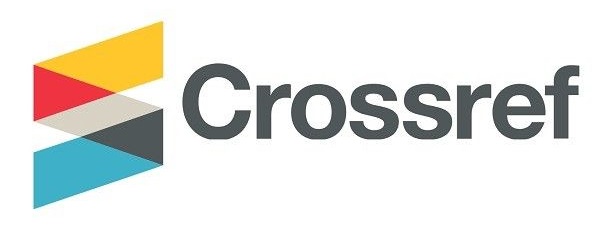Comparative Studies of Four Locally Produced Rice in Wukari and an Imported Brand Based on Their Proximate, Vitamin, Mineral Composition, and Heavy Metal Contamination
DOI:
https://doi.org/10.37745/bjmas.2022.0097Abstract
This study analyzes four locally produced rice varieties in Wukari and one imported brand (caprice) to scientifically determine the concentration of selected heavy metals, minerals, proximate, and vitamin contents. Atomic absorption spectroscopy was used to analyze for Cd, Cr, and Pb present in the rice. From the result, Cd and Cr were not detected in all the rice brands. However, Pb concentrations ranging from 0.024 mg/kg to 0.12mg/kg, were detected. Mineral analysis was determined using flame photometry, which shows the presence of Na, K, Ca, and P in all the rice brands analyzed. Vitamins analysis results revealed the presence of B1 (thiamine), B2 (riboflavin), and B6 (pyridoxine) in all four local varieties and the imported brand. The proximate analysis revealed the mean nutritional content of (7.65 ± 0.00 - 12.86 ± 0.014) protein, (1.00±0.00 - 1.26 ± 0.014) Fat, (0.80±0.00 - 0.86 ± 0.0071) Fibre, (1.20 ± 0.00 - 1.89 ± 0.0071) Ash, (9.15±0.00 - 9.50 ± 0.00) Moisture, (76 ± 0.283 - 79.85 ± 0.00) CHO. From the present study, all four locally produced rice are very rich in nutritional contents and some of them contain more nutritional profile than the imported variety. The entire four local rice brands and the imported brand analyzed were not contaminated by heavy metals, their concentration is below the permissible level (0.2mg/kg) according to WHO and FAO
Downloads
Downloads
Published
Versions
- 06-03-2023 (3)
- 19-01-2023 (2)
- 19-01-2023 (1)












